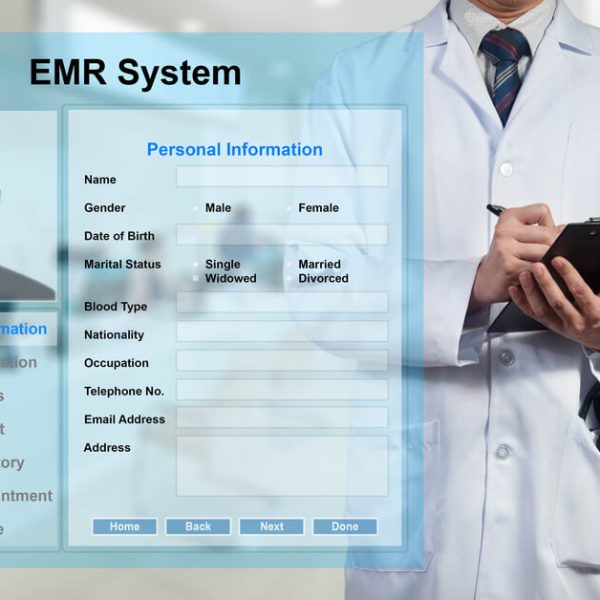Patient Index
- The patient index assigns a unique identifier to each patient, ensuring accurate identification and preventing duplicate records. This helps maintain data integrity and avoids confusion in the healthcare system.
- The patient index stores essential demographic details such as name, date of birth, gender, contact information, and address. This information provides a comprehensive overview of the patient's identity and helps in effective communication and coordination of care.
- Ability to Merge patients as corrective action to fix any duplications


EMR
- Centralized Patient Information: EMR systems store and organize patient data in a centralized location, making it easily accessible to healthcare providers. This includes medical history, diagnoses, medications, allergies, lab results, and more.
- Real-time Updates: EMR allows for real-time updates to patient records, ensuring that healthcare providers have the most up-to-date information. This improves the accuracy and quality of care provided.
- Improved Efficiency: EMR systems streamline administrative tasks, such as appointment scheduling, billing, and documentation. This improves efficiency and reduces paperwork, allowing healthcare providers to focus more on patient care.



